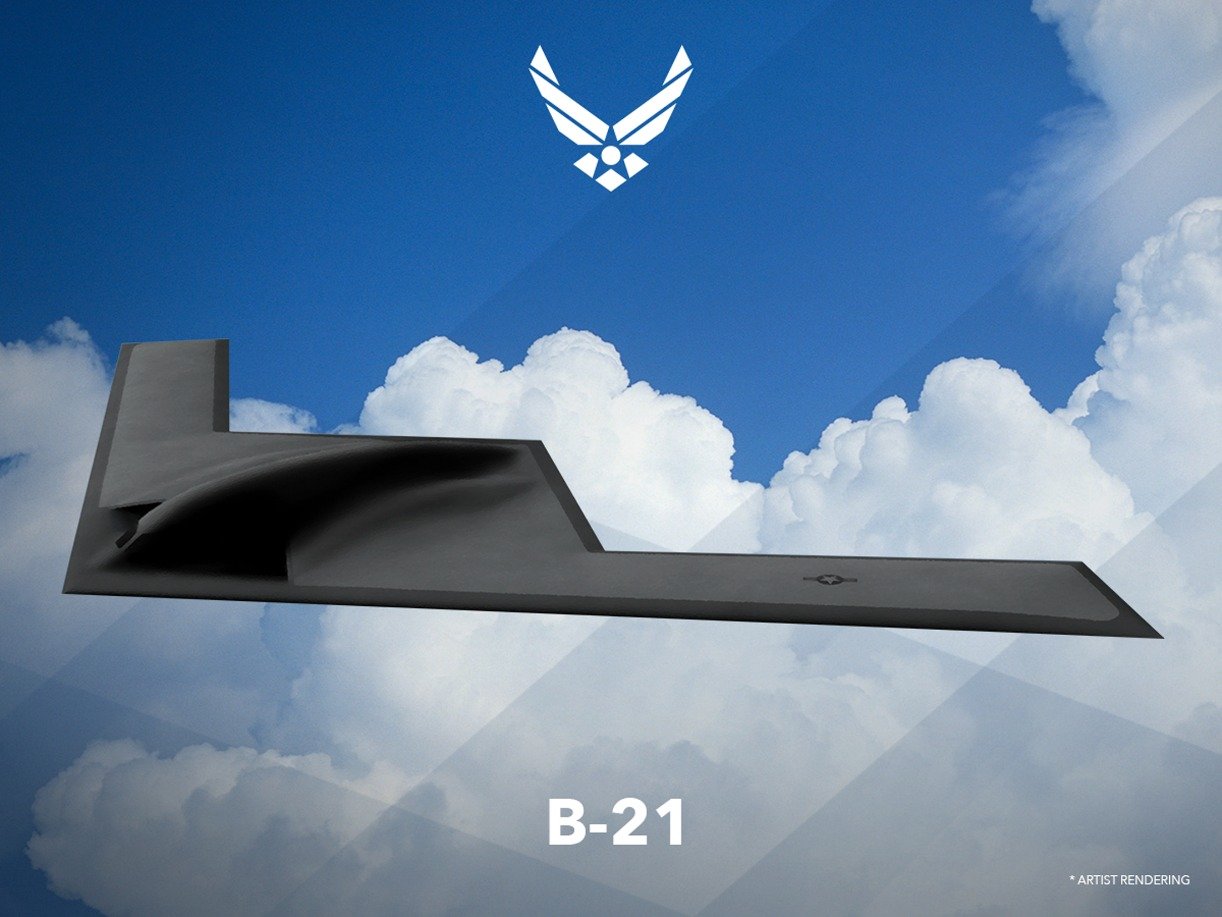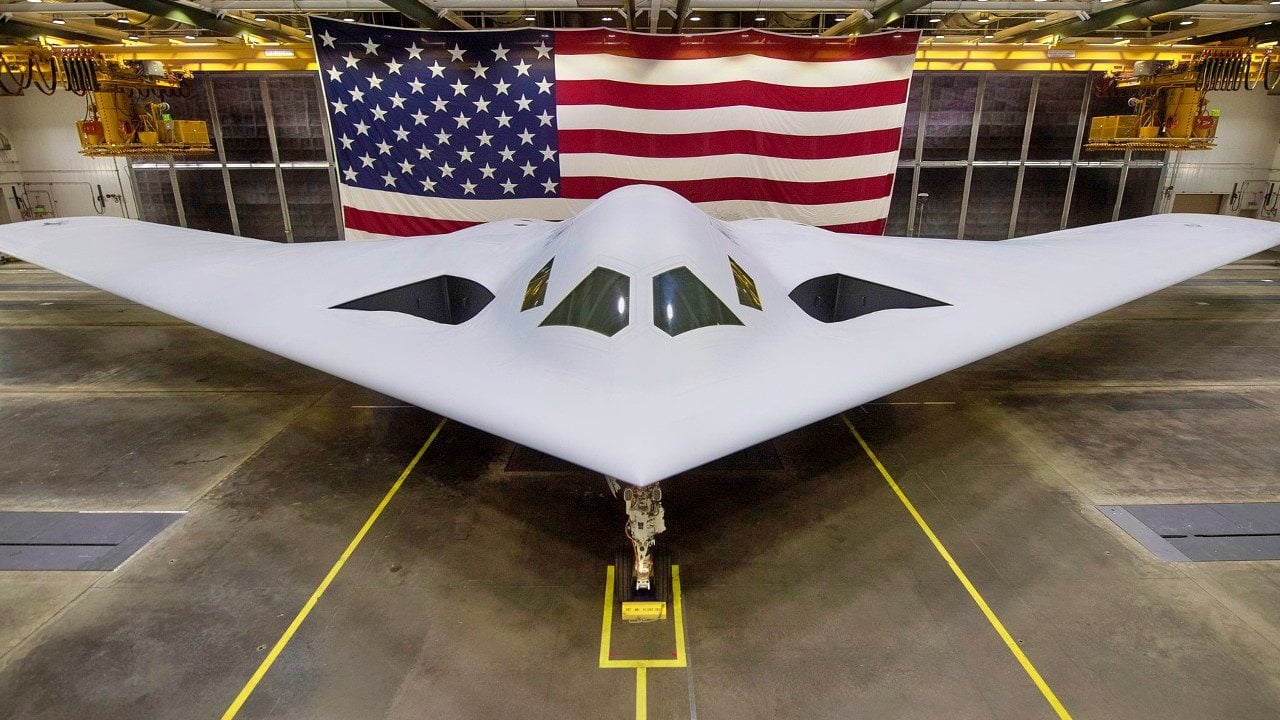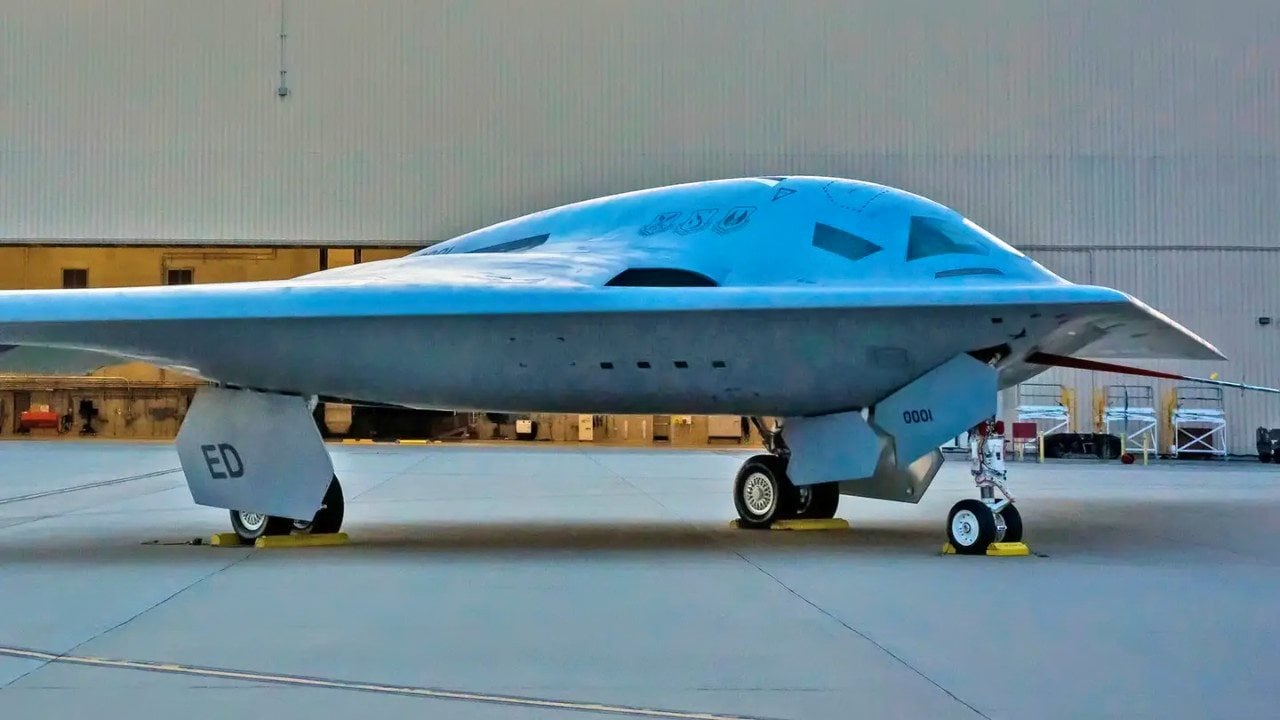The B-21 Raider Has The Most of Uncertain of Futures
The B-21 Raider, the USAF’s sixth-generation stealth bomber, faces rising costs, raising concerns about its viability. Initially on budget, Northrop Grumman now projects losses of up to $1.56 billion for the first five planes, at $312 million per bomber.
What You Need to Know: The B-21 Raider, the USAF’s sixth-generation stealth bomber, faces rising costs, raising concerns about its viability. Initially on budget, Northrop Grumman now projects losses of up to $1.56 billion for the first five planes, at $312 million per bomber.

-The Raider’s operational debut has been delayed to 2026 or 2027, fueling debate over affordability.
-Nonetheless, the USAF remains committed to procuring 100 airframes as a necessary successor to the aging B-1B and B-2 bombers. While costly, the B-21 may echo the B-2’s success, proving critics wrong with its strategic utility.
Is the B-21 Raider Too Expensive? A Look at the USAF’s Costly Stealth Bomber
My esteemed Editor has asked me to tackle the following question: “About the B-21 Raider: Is the plane too expensive?”
There is a certain irony in being asked to address this question: whilst I was doing research for a separate article on then-SECDEF Bob Gates’s decision to prematurely kill the F-22 Raptor 5th Generation stealth fighter jet program, I discovered that now-retired U.S. Air Force Chief of Staff (CSAF) General Norton Schwartz stated in his 2018 memoir that it was motivated by the desire to make room within the USAF budget for a 6th Generation Stealth bomber, i.e. what we now know as the current subject at hand the B-21 Raider.
Well, my short answer is: that exorbitant price is certainly inflicting some pain upon the B-21 program; to use a wildlife analogy, this prospective warbird isn’t quite a candidate for the Endangered Species List, but definitely qualified for the “Threatened” label. (Meanwhile the USAF’s 6th Generation fighter jet program, Next-Generation Air Dominance (NGAD), *does* qualify as an endangered species, but that’s being covered in a separate article that I just drafted.)

B-21 Raider: From Lofty Beginnings…
How far the mighty (or aspiring mighty, anyway) have fallen…or at least descended a few rungs from atop the proverbial perch. Back in May 2022, Kyle Mizokami wrote the following for Popular Mechanics:
“The B-21, the Air Force’s first new heavy strategic bomber in more than three decades, was originally forecast to fly in late 2021, then the date slipped into 2022, and now 2023. Despite the delay, the aircraft is reasonably on track and **has stayed within its budget**—a modern miracle for expensive defense programs.” [Emphasis added]
(If Kyle’s name sounds familiar to you dear readers, it should; he wrote for The National Interest as well.)
…To a Tenuous and Uncertain Present and Future
Alas, what a difference two years and six months makes…and in this instance, not entirely for the better. It’s a combination of good news and bad news:
The Good News: The Raider – Northrop Grumman’s latest pride & joy – did indeed finally make her maiden flight on 10 November 2023 (as I type these words, the 1-year anniversary of that groundbreaking event is a mere day away). It goes to show that patience is a virtue, as the USAF had begun planning for the B-21 in 2011 and awarded the major development contract in 2015.
The Bad News: Fast-forward to the present day, and budget maladies – the age-old fundamental issue of dollars & sense – have decided to rear their ugly heads after all.
Just how ugly are we talking about here? As my colleague Peter Suciu reported earlier this month, Northrop Grumman had issued a dire warning back in July that it could end up losing up to $1.56 billion USD producing the first five Raiders.
That equates to $312 million per individual B-21 airframes; to put that in perspective, the aforementioned and oh-so-troubled NGAD has a estimated $300M a pop, whilst the ever-so-maligned Lockheed Martin F-35 Lightning II costs a “mere” (sarcasm mode fully engaged here) $80M per airframe!

In addition, the warbird’s expected operational service debut has been pushed back to 2026 or 2027.
Okay, so now what?
In spite of these bumpy roads (or would “turbulent skies” be a better metaphor?), the Air Force brass has remained committed to the B-21 – along with the production goal of a minimum of 100 airframes – which is more than can be said for NGAD. The sense of urgency to find a viable successor to the USAF’s aging B-1B Lancer (or as her crews prefer to call her, the “Bone”) and B-2 Spirit bomber fleets.
And speaking of the B-2 (the original “Stealth Bomber,” and herself a Northrop legacy product), that provides a precedent as to why I still think her B-21 successor will remain viable. The Spirit commanded a price tag of $4 Billion USD apiece.
And as a teenager in the late 1980s and early 1980s, I recall how the mainstream media and pacificist politicians in Congress alike constantly badmouthed the stealth bomber program as an hopelessly overpriced boondoggle that would never get off the ground (in either the literal or the figurative sense). Well, the Spirit proved all the naysayers and doubters wrong, making her operational debut on New Year’s Day 1997, and going on to prove herself repeatedly in combat as a superbly accurate and highly effective warbird.
I’m cautiously optimistic that the same will prove true of the B-21 Raider. Time will tell.
About the Author: Christian D. Orr, Defense Expert
Christian D. Orr is a Senior Defense Editor for National Security Journal (NSJ). He is a former Air Force Security Forces officer, Federal law enforcement officer, and private military contractor (with assignments worked in Iraq, the United Arab Emirates, Kosovo, Japan, Germany, and the Pentagon). Chris holds a B.A. in International Relations from the University of Southern California (USC) and an M.A. in Intelligence Studies (concentration in Terrorism Studies) from American Military University (AMU). He has also been published in The Daily Torch , The Journal of Intelligence and Cyber Security, and Simple Flying. Last but not least, he is a Companion of the Order of the Naval Order of the United States (NOUS).
Image Credit: Creative Commons.


